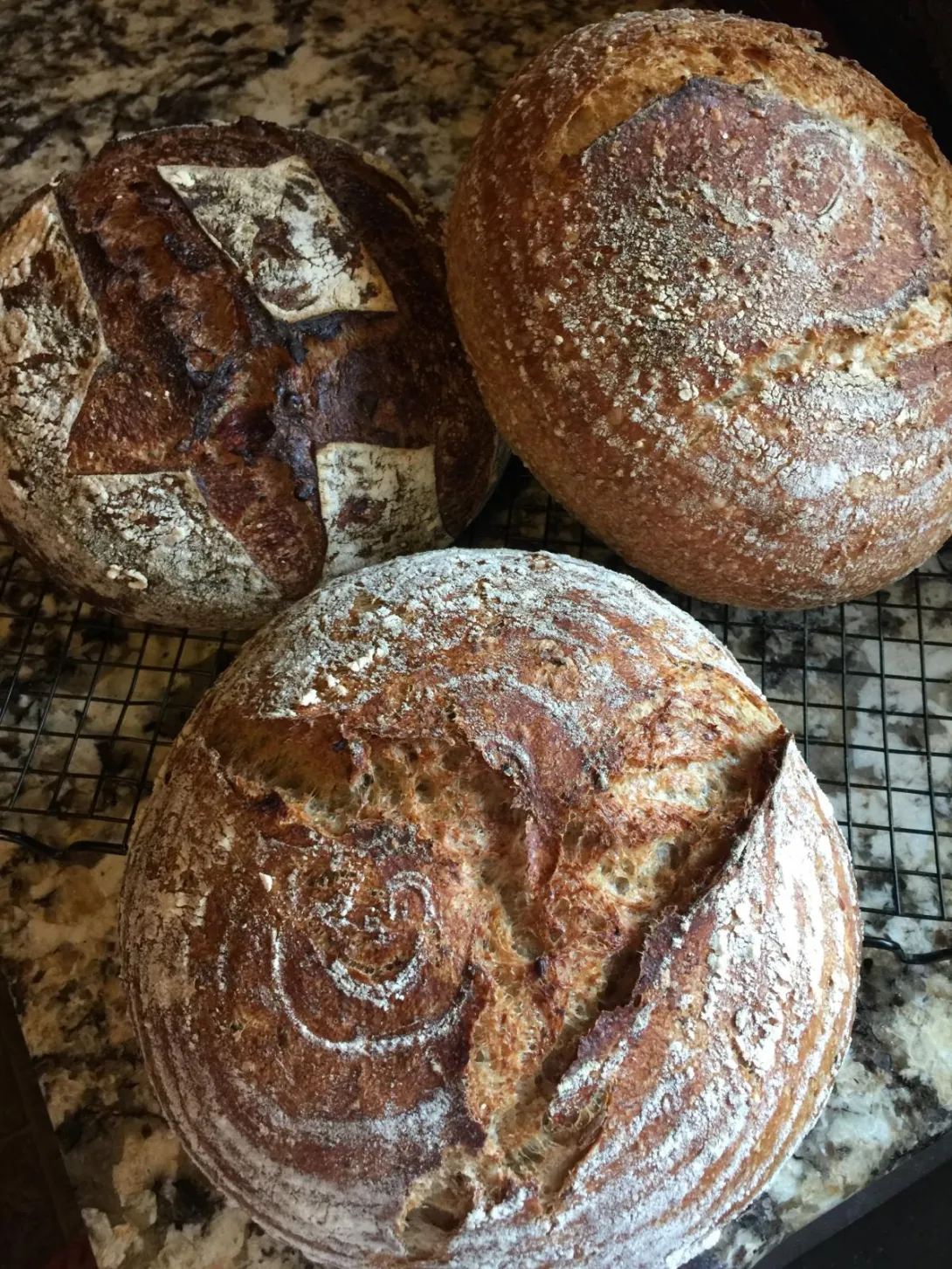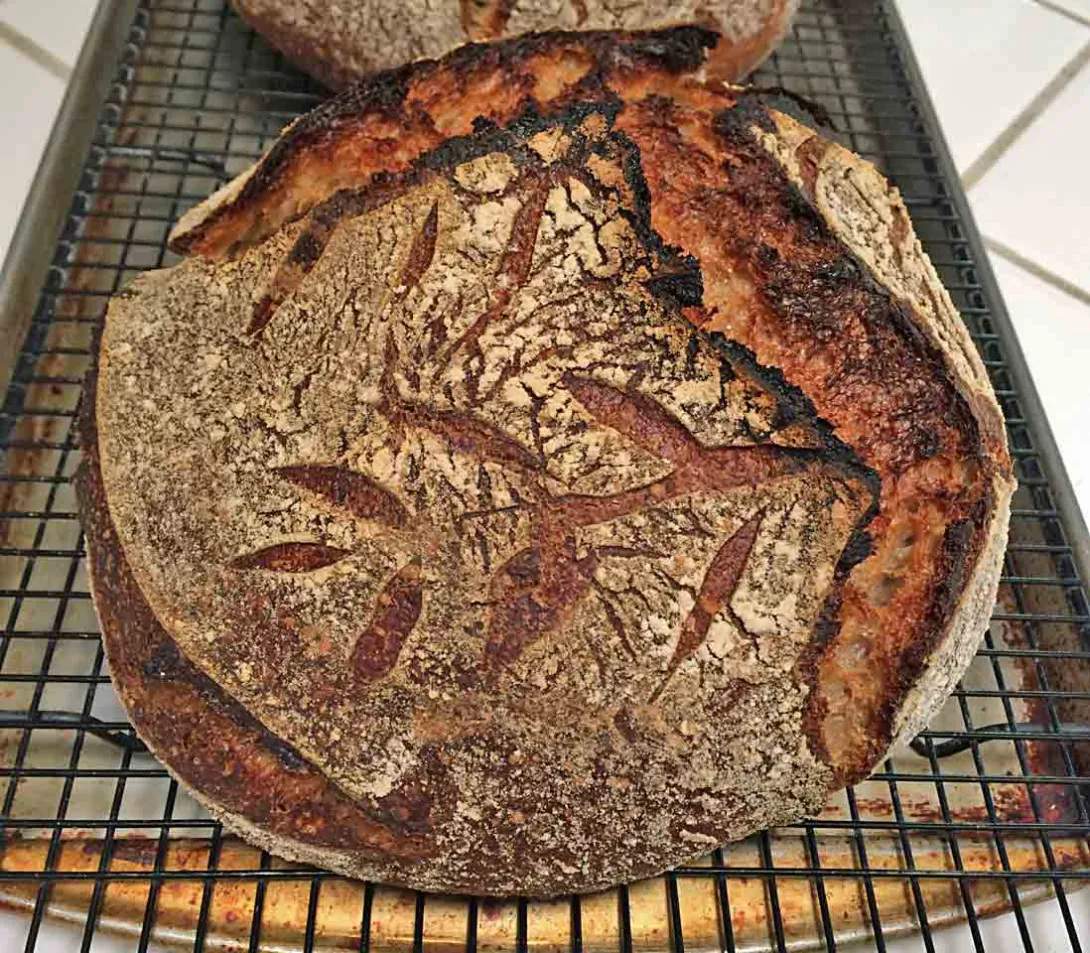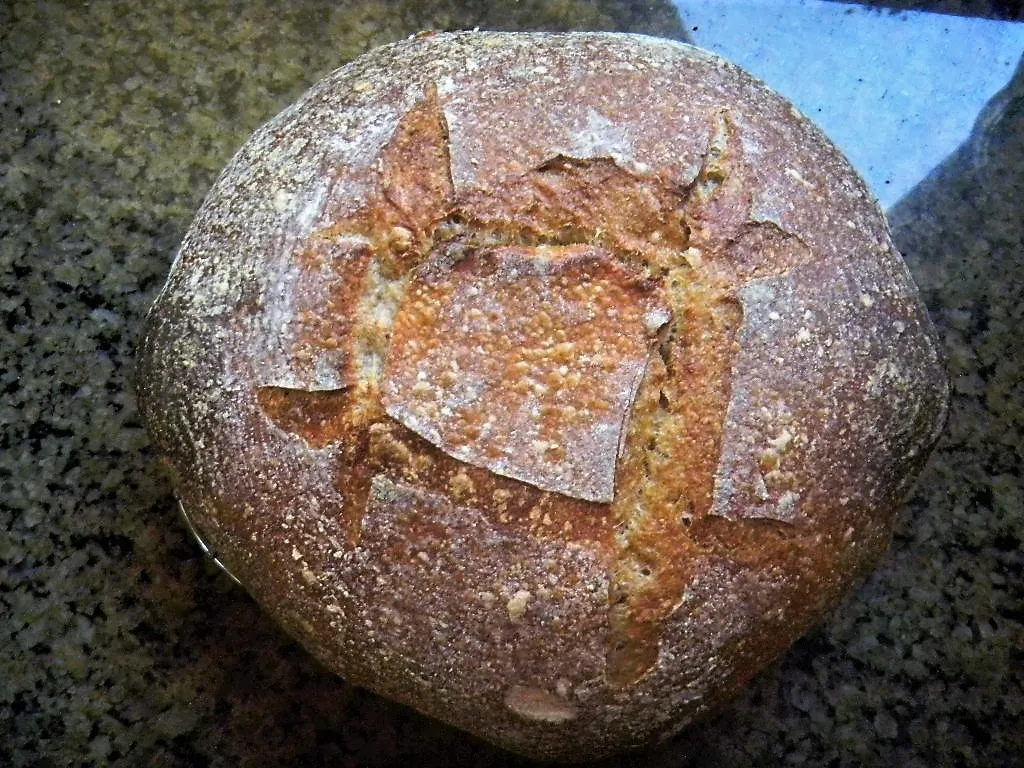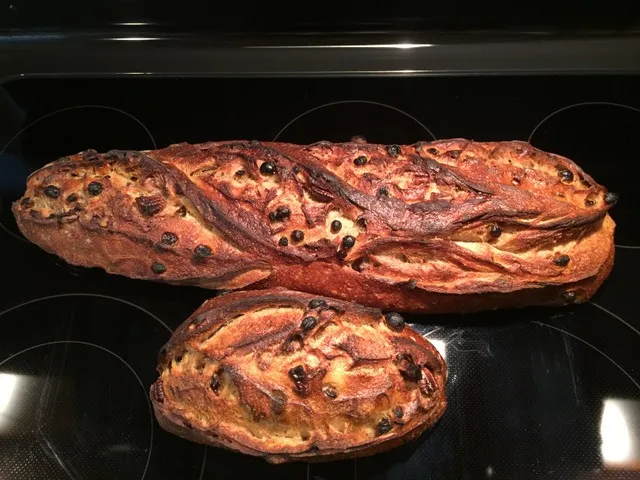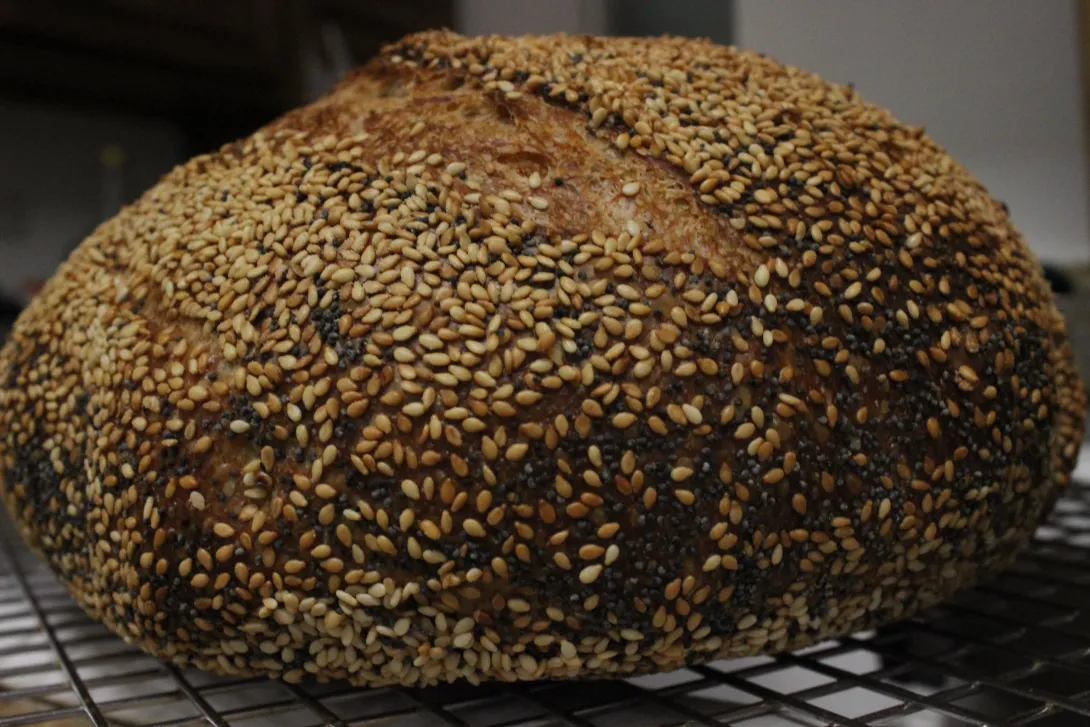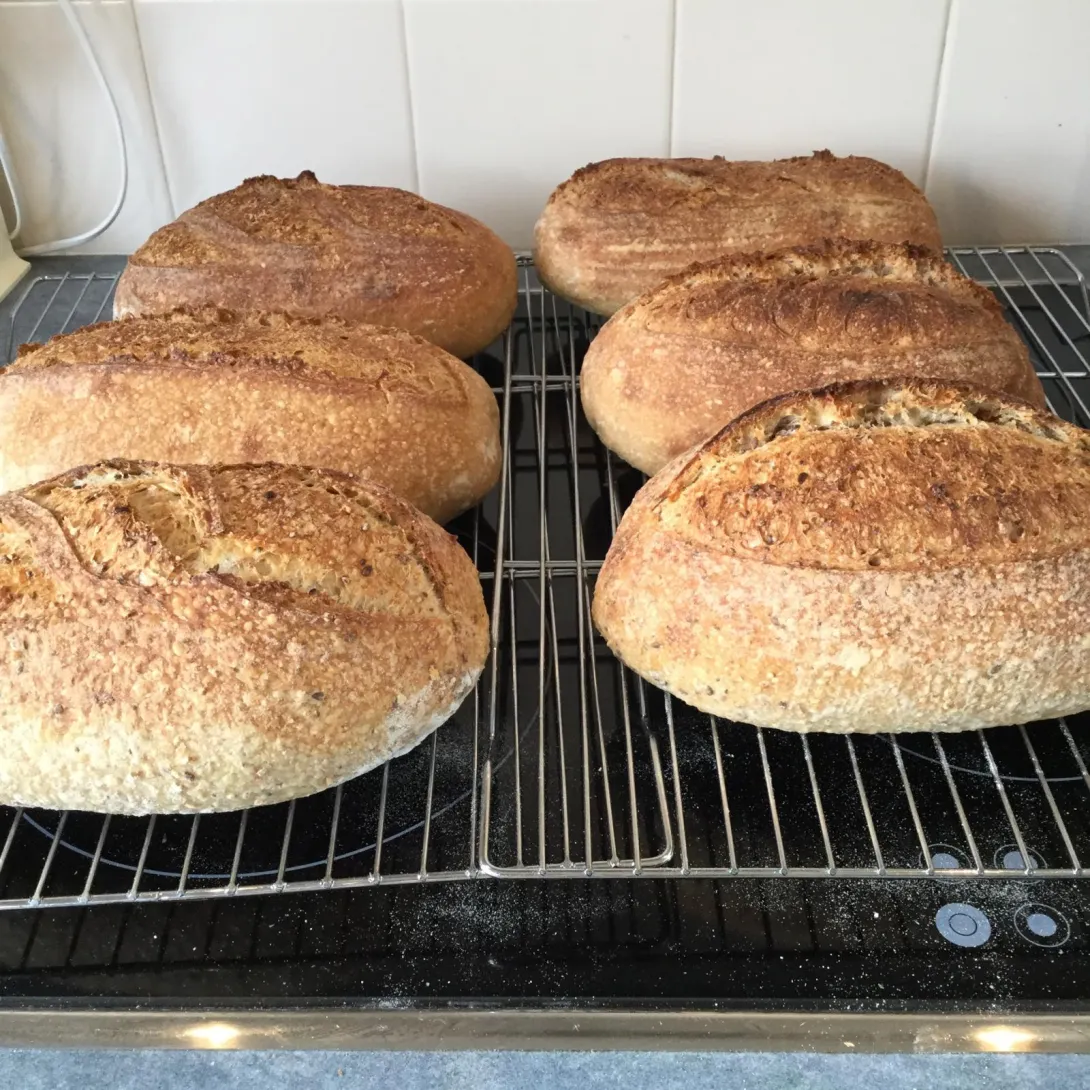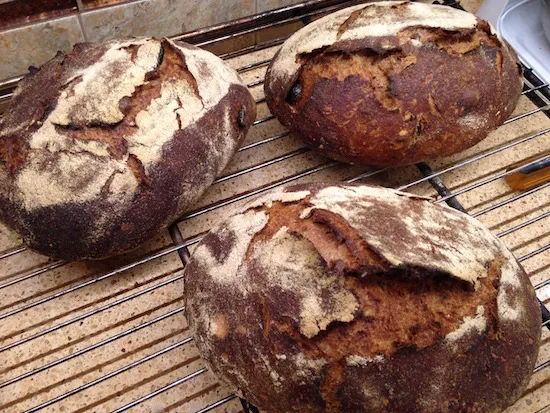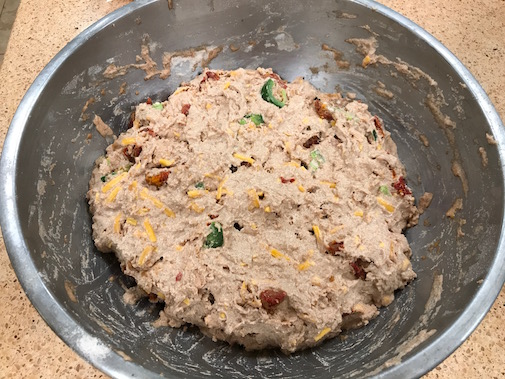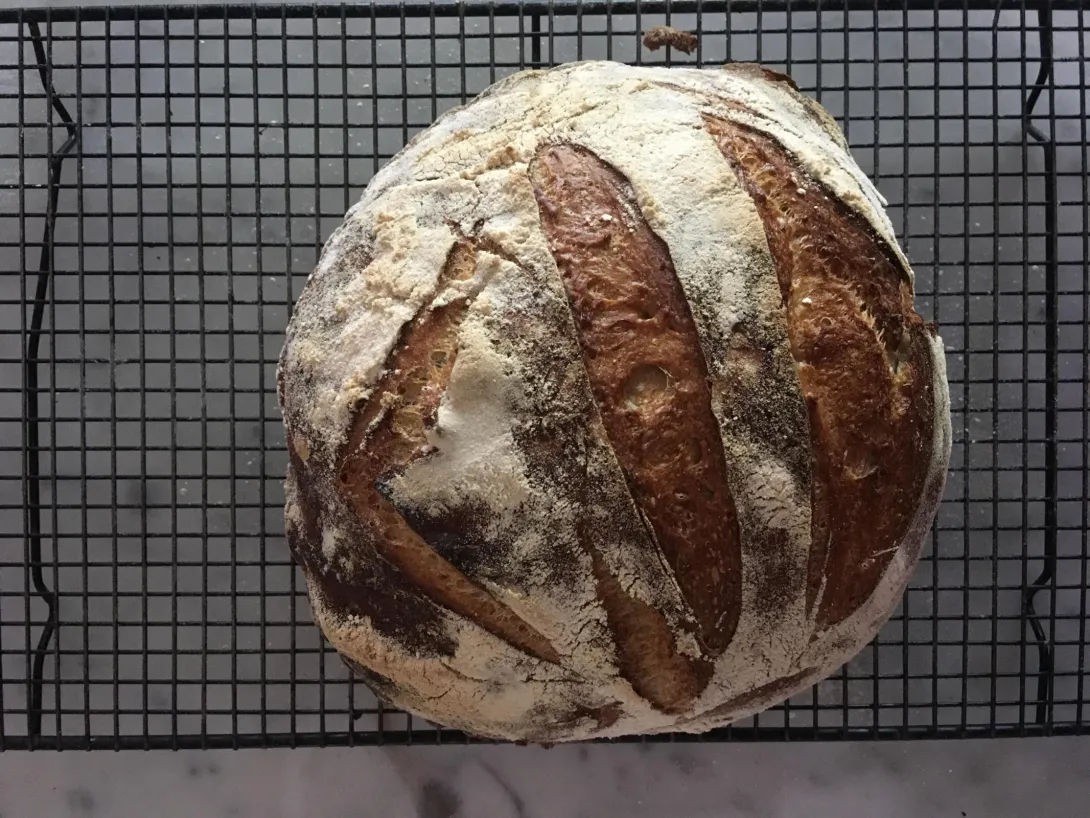Einkorn Sourdough
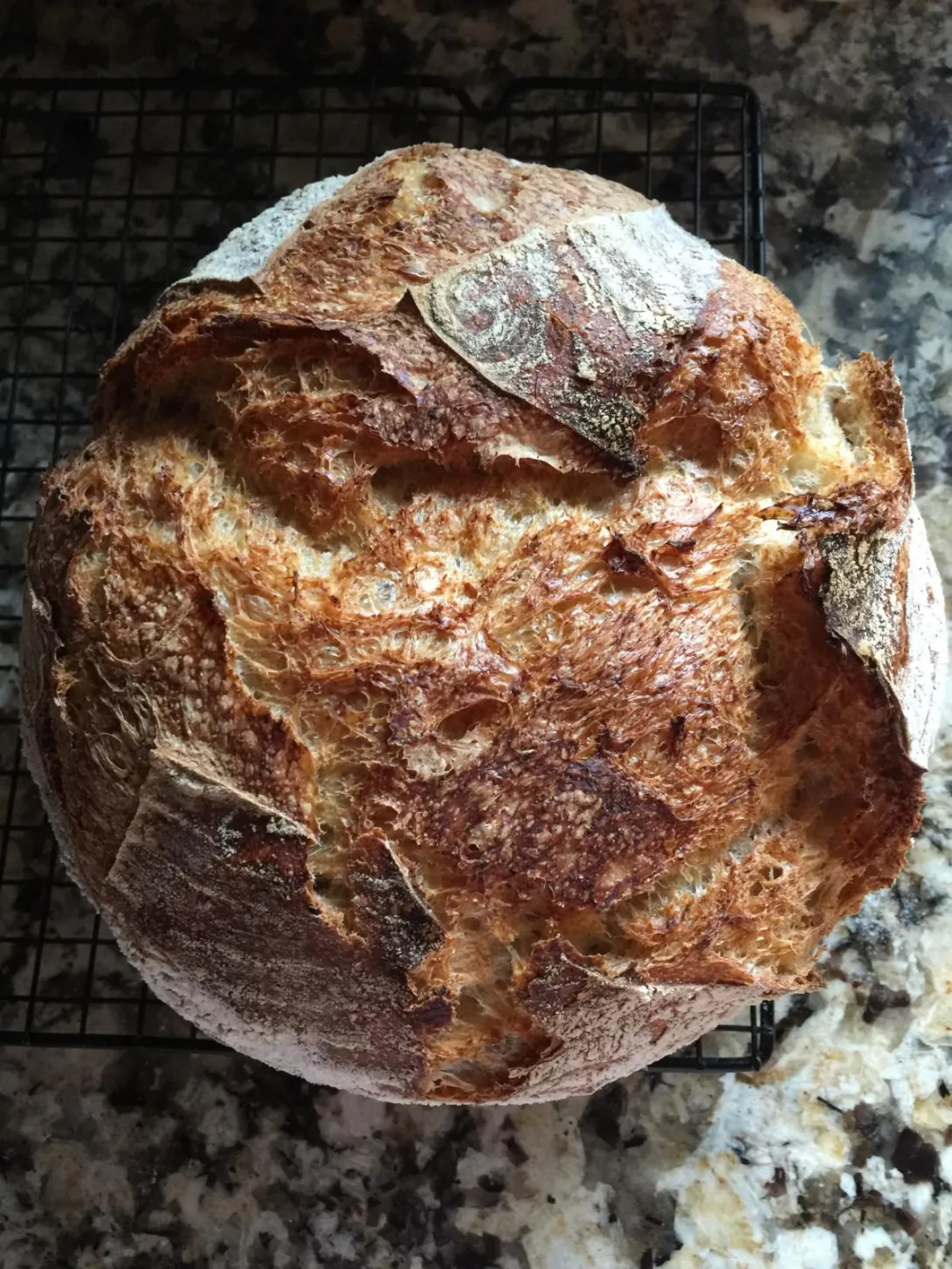
Since I was on a roll making bread, I thought I would make a simple loaf with just flour and no add-ins. The plan was to have a couple of these loaves as testers for baking in the portable pizza oven that one of my brothers made for us.
So here goes:
- Log in or register to post comments
- 7 comments
- View post
- Danni3ll3's Blog
